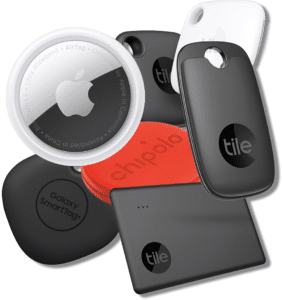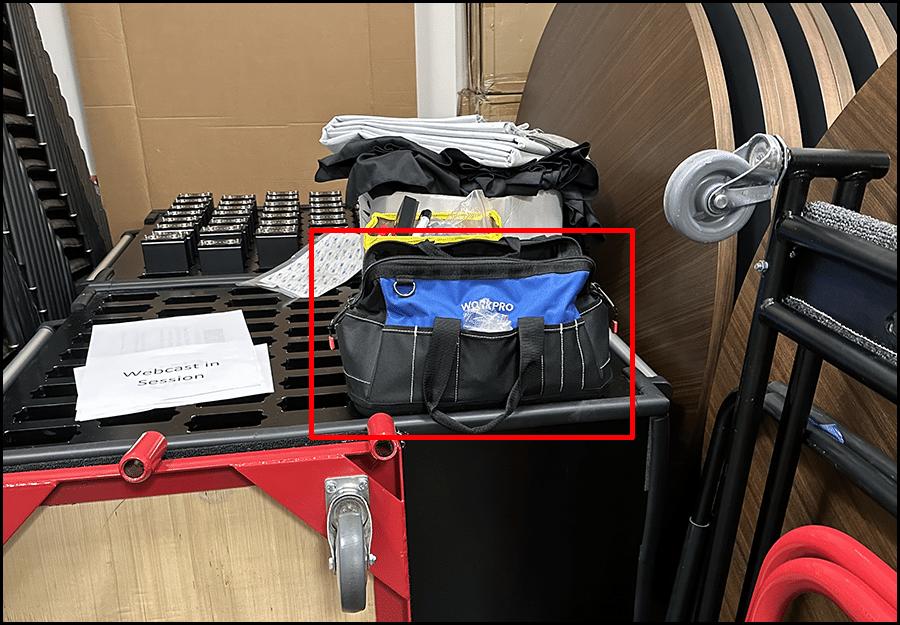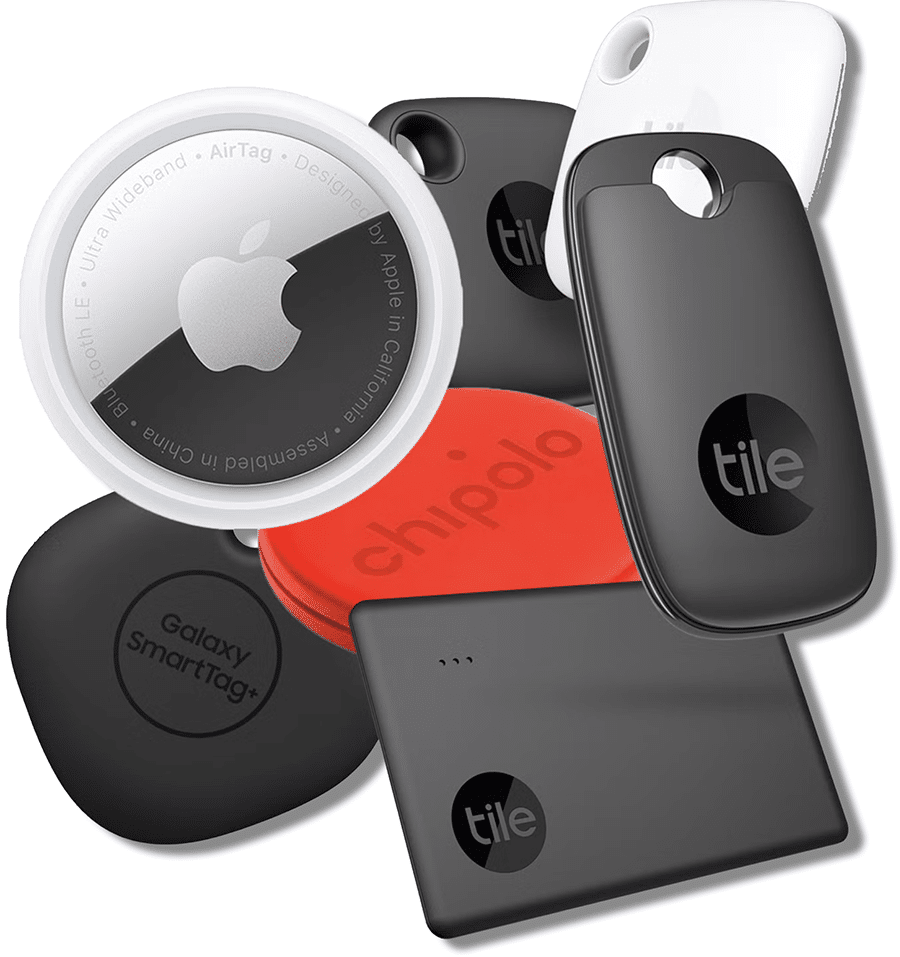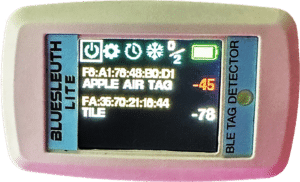Detecting Apple AirTags, Tile Tags, and More
 Location tags, products like Apple AirTags and Tile tags, are very helpful… until they are used for stalking purposes. Whether you’re an individual concerned about your privacy or a curious tech enthusiast, I have some news for you. You can detect stalking tags.
Location tags, products like Apple AirTags and Tile tags, are very helpful… until they are used for stalking purposes. Whether you’re an individual concerned about your privacy or a curious tech enthusiast, I have some news for you. You can detect stalking tags.
Understanding Location Tags: How They Work
Location tags, commonly known as tracking devices or item finders, have gained prominence in recent years due to their ability to help users locate lost items. The primary concept behind these tags is simple yet ingenious: attach a small, Bluetooth-enabled device to your belongings, and you can use your smartphone to track their location.
Devices like Apple AirTags and Tile tags use Bluetooth technology (a type of short range radio signal) to communicate with your smartphone. When in proximity to the tracking device, your smartphone establishes a connection and receives information about the tag’s location. This data is then presented to you through a dedicated app, allowing you to pinpoint the whereabouts of your belongings on a map.
Applications and Concerns
While location tags offer undeniable benefits, they also raise important concerns regarding privacy and security. If misused, these devices can enable stalking or tracking without consent. As a result, the ability to detect stalking tags is crucial for safeguarding personal privacy.
Detect Stalking Tags: Techniques for the Average Person
Here are some methods that the average person can employ to detect location tags:
- Visual Inspection: Most location tags are designed to be discreet, but they can still be noticeable upon close inspection. Look for small, unfamiliar devices attached to your belongings or hidden in your car. These devices often resemble small buttons or discs and might have a brand name or logo on them.
- Radio Frequency (RF) Scanners: RF scanners are tools that can detect signals emitted by various devices, including location tags. Devices like handheld RF scanners or smartphone apps can help you identify nearby Bluetooth signals, indicating the presence of a location tag. Keep in mind that these tools might have limitations in terms of range and accuracy. They also tend to produce confusing results. This is because they detect everything that uses Bluetooth, like earbuds, laptops, fitness trackers, and more. Additionally, they usually don’t reveal what type of device they detected; just a mysterious jumble of letters and numbers. This situation is improving, however.

In August 2023, a new device used to detect tracking tags became available via a Kickstarter campaign. Murray Associates received two units for testing from the first manufacturing run. The instrument is called BlueSleuth-Lite BLE Tag Detector. Our tests confirmed it works as advertised. One test we conducted was in a high-rise New York City office building. We knew an Apple AirTag was in the area. It was ours. The surprise came when an unknown Tile tag appeared on the detector’s screen as well.

We used the detector’s signal strength readings—shown in decibel measurement—to guide us, approximately 30 feet, to a small storage room across a hallway. As shown in the photo, the first reading we received was -78 decibels. By the time we reached the closet the reading was -49 decibels. Once inside the room, the detector’s reading increased and pinpointed the exact location of the Tile tag. It was inside a workman’s tool bag which had been left unattended.
This new instrument eliminates the confusion inherent in other detection techniques, like phone apps. In the most cases the name of the device tag it has detected is also displayed.
It has two detection modes:
- Detection of location tags only.
- Any item using Bluetooth technology.
Bonus, you can either search exclusively for tags, or expand the search to find your fitness tracker, earbuds, and more.
Conclusion
If visual detection, listening for a tag to beep, or waiting for an alert from the tag’s manufacturer isn’t solving your concerns, consider using instrumentation.
Operating the detector we tested involves a short learning curve. The included instructional flow chart is minimally helpful. It meanders more than flows. This should be an easy fix for the manufacturer. Practice is needed to become fully proficient. At first glance the average person will think the $500 price tag is expensive. But compared to other Bluetooth detection technology it is the best bang for the buck at this point in time. My suggestion to clients is use it to solve your problem, then when no longer needed, sell it. The resale market for this type of detector is there, so your investment could be minimal in the long run.
###
Murray Associates is an independent technical information security consulting firm. They provide electronic surveillance detection and counterespionage services to business, government and at-risk individuals.
Headquartered in the New York metropolitan area, a Murray Associates team can assist you quickly, anywhere in the United States, and internationally.





